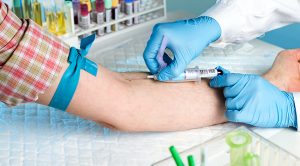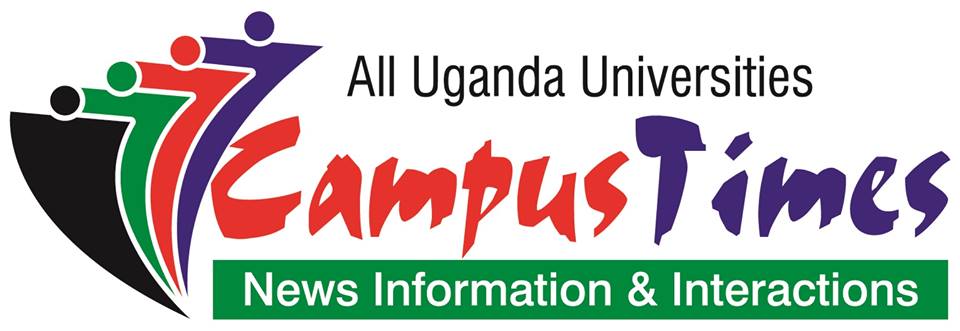
There is a common misconception that phlebotomy is easy to learn. People often mistakenly believe that it only takes a little bit of training to master the skills required to perform this important job.
This belief couldn’t be further from the truth. Phlebotomy involves a lot more than just drawing blood. Instead, phlebotomists play an important role in making sure that patients get the care that they require.
Blood samples help track the progression of illnesses and disease, allowing for better patient outcomes. Phlebotomy also enables healthcare professionals to diagnose, treat, and prevent diseases.
Analyzing blood samples is one of the most effective ways to identify certain serious health problems ranging from anemia and kidney problems to cancer and leukemia. Testing the blood is also an effective way to check for problems with blood sugar control or high cholesterol.
In order to draw blood, technicians need to be properly trained. Without the right training, this procedure can’t be performed successfully. If you want to know more about this career then read this piece on how to become a phlebotomist.
Not all phlebotomists are created equal. Some do a mediocre job while others really stand out. If you want to be one of the best phlebotomists in the field, put these tips into practice:
- Stay Focused On The Smallest Details
As a professional phlebotomist, there are a number of small details that you need to pay attention to in order to successfully perform your job.
All of the steps in the process need to be followed as precisely as possible. Any deviations from the standard procedure could wind up injuring the patient or could cause errors at the lab. If you are having trouble finding the vein and touch the skin with your finger prior to inserting the needle, for example, it could cause the sample to become contaminated.
 If the blood in the test tubes gets shaken or moved around too much while it is being transported, it can interfere with the lab’s ability to get accurate results. Any errors that are made when filling out paperwork or labeling vials can also cause significant problems. The best way to avoid issues like these is by paying close attention to detail while you work.
If the blood in the test tubes gets shaken or moved around too much while it is being transported, it can interfere with the lab’s ability to get accurate results. Any errors that are made when filling out paperwork or labeling vials can also cause significant problems. The best way to avoid issues like these is by paying close attention to detail while you work.
These tips should be followed precisely with every single patient:
- Maintain an angle of 15° to 30° when inserting the needle into the skin.
- When performing venipuncture, the medial vein that is located in the antecubital region is suitable.
- The minute that you collect specimens with anticoagulants, the tubes should be inverted to keep the samples from clotting.
- Label every specimen right away after it is collected.
- When drawing blood, maintain a relaxed attitude as you take the donor’s blood pressure and check their physical condition.
- Never puncture the same site twice. Avoid puncturing more than once since it can be upsetting to patients.
- Follow established sterilization protocols, making sure to disinfect the skin prior to obtaining a specimen. Use disposable syringes that have been properly sterilized. Don’t take more blood than recommended.
- Make Sure That Patients Are Adequately Counseled
Patients need to be informed anytime they are undergoing any type of medical treatment or procedure. Phlebotomists are responsible for counseling patients prior to obtaining samples.
When done correctly, counseling can help assuage any fears that the patient has about having their blood drawn. It also can help them feel more confident in your ability to treat them correctly.
When patients are properly counseled, it often leads to better outcomes, not only in terms of the care that they receive but also the impact on their health. Making sure that patients are informed about the procedure is an important part of your job.
A good place to start is by providing the patient with tips on how to relax their muscles to get the best results. The patient should also be informed of any possible side effects that they could experience. When discussing side effects, don’t hesitate to provide dietary advice, as well.
Phlebotomists have a responsibility to discuss problems that may occur after the procedure with patients. Examples of these problems include weakness, tiredness, and increased sensitivity.
- Obtaining Certification
Certification is more than just a few words printed on a piece of paper. It is extremely important from a career standpoint. Obtaining the right training plays a big role in how your career unfolds.
Certification provides a lot of benefits. Phlebotomists who obtain nationally-recognized certification tend to get paid better than those who don’t. They also can take pride in their accomplishment.
The American Association of Medical Personnel has published information showing that phlebotomists who are certified make 10% more money than non-certified phlebotomists. While going to school, undergoing training, and gaining on-the-job experience are all important, it is equally as important to consider obtaining a phlebotomy license and certificate. There are many schools out there that provide students with opportunities to study phlebotomy. When choosing a school, look for one that is well respected in the field.
Final Thoughts
To an outside observer, drawing blood looks like a simple process. When you look a little bit closer, however, it is easy to see that phlebotomy involves a lot more than meets the eye. This medical procedure is extremely technical. Phlebotomists need to be trained correctly in order to safely and effectively perform venipunctures. As phlebotomists gain experience, their confidence tends to rise. This can help put patients at ease, knowing that they are in the trusted care of a professional. Obtaining a phlebotomy certificate is a good way to set yourself up for success in your career.
